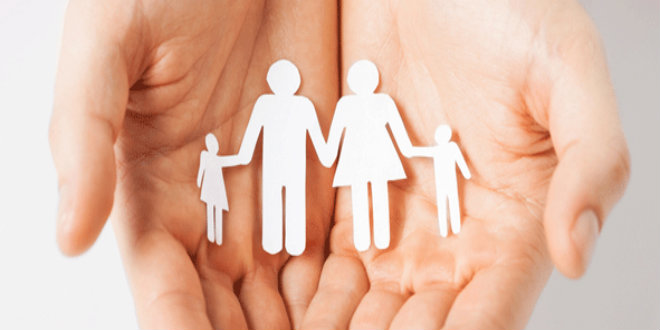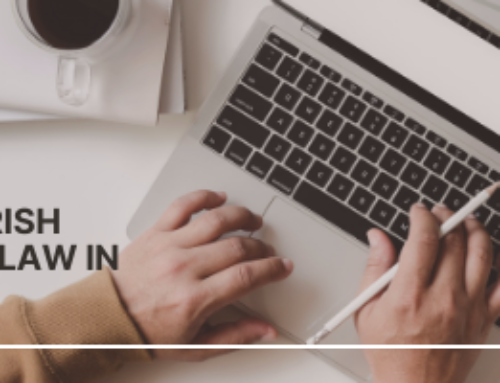Employers – did you know that as of Friday 8th March 2013 parental leave has been increased from 14 to 18 weeks?
Here is a breakdown of the points that employers should take note of:
Any employees who have a current or future entitlement to Parental Leave will increase from the current 14 week allowance to 18 weeks going forward.
The directive affords a parent returning to work the right to ask for a change in work pattern for a set period thereafter – the employer is only obliged to consider the request not to adhere to it.
An employee seeking a change in work pattern should make the request as soon as is reasonably possible (no later than 6 weeks before the proposed commencement).
Where the employer refuses the request, the employer must within 4 weeks of receiving the request, inform the employee in writing that the request has been refused.
There is no obligation on the employer to explain why the request was denied.
Where the changes are granted the employee should be asked to sign an agreement specifying the changes to the employee’s working hours or patterns of work and the duration of same.
Additional Important information:
Parental leave is available for each child.
Unless the employer agrees to a longer period where an employee has more than one child, parental leave is constrained to 18 weeks in a 12 month period. There is no obligation on the employer to conform to such a request.
Bear in mind that parents of twins or triplets can take more than 18 weeks of parental leave in a year.
The 18 weeks per child may be taken in one continuous block or, alternatively, in 2 separate periods of a minimum of 6 weeks each. There must be a gap of at least 10 weeks between the 2 periods of parental leave per child.
Separating the parental leave entitlements in to shorter periods of days or even hours can be agreed on an individual basis – this is at the discretion of the employer and is based on the operational needs of the business – there is absolutely no obligation on the employer to agree to shorter periods. The employer should maintain detailed reports of all parental leave as it is used.
It is important to note that both parents have an equal, separate entitlement to parental leave.
It is not possible to transfer leave between parents unless they both work for the same employer and the employer agrees to this set-up.
Any employees that are currently entitled to parental leave are covered by this extension from 14 to 18 weeks.
It is permissible to avail of parental leave in respect of a child up to 8 years of age.
There are special allowances for children that were adopted between the ages of 6 and 8 – leave in this instance may be taken up to 2 years after the date of the adoption order.
Similarly, in the case of a child with a disability leave may be taken up to 16 years of age.
Where illness or other incapacity prevented the employee taking the leave within the normal period exceptional allowances may be made.
Employees must have 12 months continuous service to avail of parental leave; however, a percentage of the leave is available to employees with shorter service in certain circumstances.
Parental Leave remains as being an unpaid leave from employment. However, employers should be aware that employees retain their right to accumulate annual leave while on parental leave and also employees retain their entitlements for Public Holiday’s while on Parental Leave.
The company may postpone the parental leave on the basis that the leave would have a substantial, adverse effect on the operation of the business or due to the number of employee’s taking leave at one time.
For more information on the Council Directive 2010/18/EU on parental leave visit:
http://www.justice.ie/en/JELR/Pages/PR13000093
For guidance on all your HR related questions and for Employment Law expertise visit The HR Company and we will arrange a complimentary consultation to assess your exposure with respect to employment legislation, contracts of employment and much more.





Leave A Comment